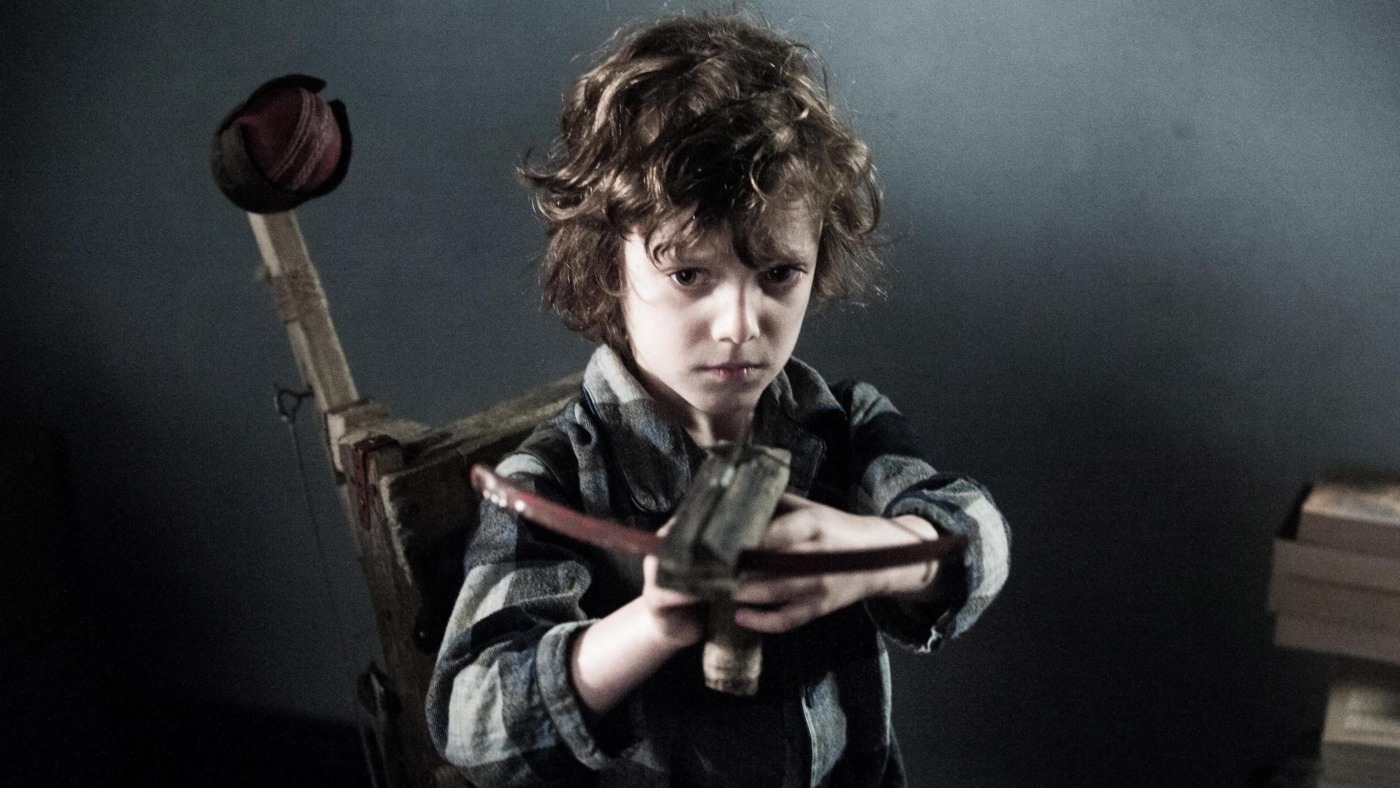Last Night I Watched: ‘The Babadook’
Halloween was a standard student affair in our household: booze, bops and a strange assortment of not-so-scary costumes. However, even once the month rolled into November, we decided that we weren’t quite finished yet – what better way to round our spooky season than a horror movie night? Being the resident horror aficionado, I enthusiastically pulled out my list of favourites, and we eventually settled on rewatching an old favourite of mine: Jennifer Kent’s existential, accidentally homosexual The Babadook.
Arguably made famous by Netflix’s hilarious miscategorisation of the movie as an LGBT classic, The Babadook tells the tale of single mother Amelia who is haunted by the death of her husband. This tragic accident occurred only hours before her unruly son Samuel was born, leaving the child as a constant reminder of the loss Amelia has endured and making the demands of motherhood all the more of a strain on the grieving widow.
Whilst the pair battle the unforgiving perceptions of their family and peers and attempt to navigate the complicated relationship they share with each other, the house becomes the haunt of the shadowed, mysterious Babadook, a monster first encountered in one of Samuel’s children’s books, though steadily revealing itself to be very real indeed.
The Babadook introduces its viewers to real people with frighteningly real problems
Whilst horror is one of my favourite movie genres, it’s often hard to find intelligent, genuinely unsettling stories told in the medium. Too often are we inundated with mindless demon possessions and the same found footage film being released every year, complete with a cacophony of piercing string instruments to yell at the audience “hey, you should be scared now!”. Jennifer Kent does not grasp at any of this low hanging fruit.
Instead, The Babadook introduces its viewers to real people with frighteningly real problems. Everything from the set design, the camera movements, and even the colour grading depict Amelia’s total lack of control over her own life and her inability to fulfil any of the roles that society has laid out for her, with imagery later in the film tugging at those very real existential fears that most of us keep buried deep inside ourselves.
The film is subtle in its scares, but highly effective. The Babadook itself is barely seen throughout the film, making its actual appearances all the more terrifying. Easily the most chilling aspect of the film is its sound design. It’s as if someone collected every possible sound you wouldn’t want to hear in your bedroom in the middle of the night and melded them together into one telltale sign that the Babadook is near.
Kent is careful to make sure that the audience rarely glimpse at the Babadook, making the fear come from the possibility of it being anywhere at any time
The fear the monster brings is also very real. Despite appearing as a fantastical creation straight from a child’s nightmare, it exists to exacerbate the fears that already exist inside us, the ones that creep up in the middle of the night much in the same way as the creature. Kent is careful to make sure that the audience rarely glimpse at the Babadook, making the fear come from the possibility of it being anywhere at any time. In this way, even after the film’s credits, the idea of the monster is far more terrifying than the traditional, red-faced Hollywood demon, instead creating a presence that lingers far after the final shot of the movie.
Overall, if you’re looking to continue your spooky season further into the winter months, The Babadook should absolutely be at the top of your “to watch” list. Jennifer Kent’s dreary and existential debut is not one to miss as a fan of the genre and I dare say that her work on both this and her second film The Nightingale make her name one to eagerly look out for in the future.

Comments